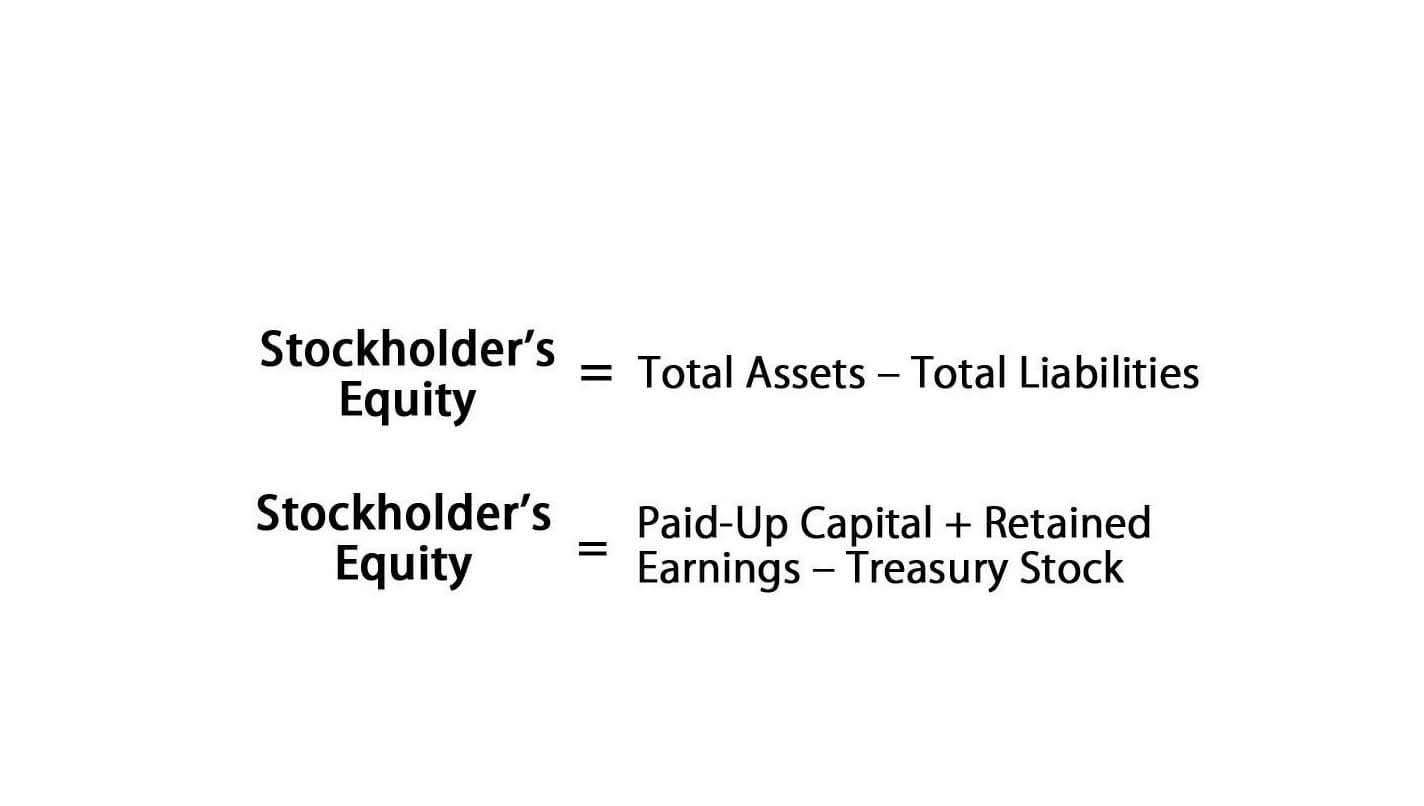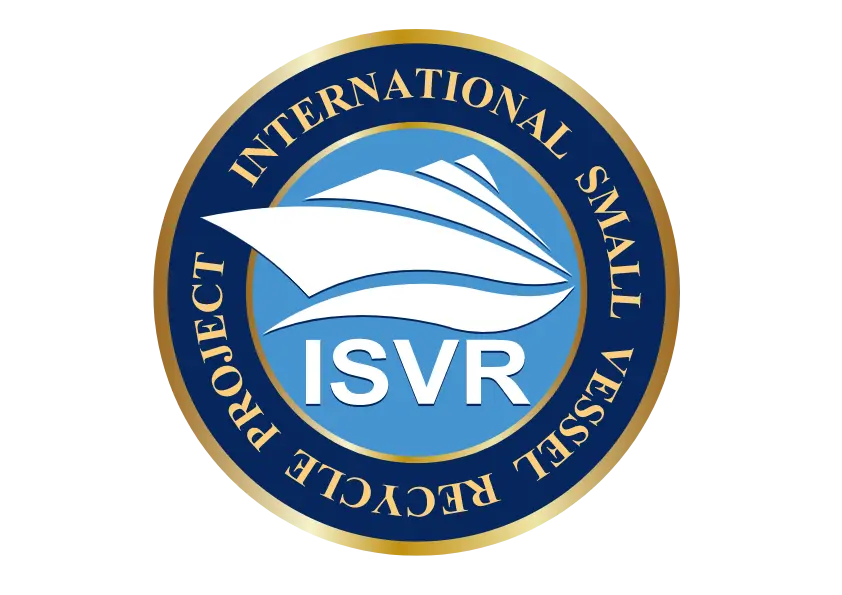
The origins of hedge fund fees date back to Alfred Winslow Jones, who founded what is considered the first hedge fund, AW Jones & Co., in 1949. In its early days, this high-risk investment strategy was only accessible to wealthy individuals and institutions due to the steep management fees. Furthermore, hedge funds—which charge notoriously high fees known as “two and twenty”—have also come under scrutiny due to their performance lagging the market in some instances. Despite criticism, this fee structure has remained the norm since Alfred Winslow Jones established the first hedge fund, AW Jones & Co., in 1949. Competition and changing investor demands have forced managers to explore lower fees, hurdles for performance, and clawbacks if targets are not met. Wealth advisors can often offer a discounted rate based on the value of the assets that you hold with them.

Start your best financial future today.

Working with an adviser may come with potential downsides, such as payment of fees (which will reduce returns). The existence of a fiduciary duty does not prevent the rise of potential conflicts of interest. Now, suppose another investment firm offers you an investment opportunity with a lower management fee of 0.25%, with an additional operating expense of 1.25%. In this case, the MER of the fund would be 1.50%, and you would expect to be charged a fee of $1,500 per year. The plan is often criticized but it’s been the norm since Alfred Winslow Jones founded what is often considered to be the first hedge fund, AW Jones & Co., Bookkeeping for Veterinarians in 1949. If a hedge fund or private equity firm consistently fails to outperform a risk-adjusted benchmark, its fees erode long-term investor value.
- For example, the Vanguard 500 Index Fund has an expense ratio of just 0.14%, while the Fidelity Contrafund has an expense ratio of 0.85%.
- Ultimately, the fee structure that is best for an investor depends on their individual needs and investment objectives.
- High-performing funds can command higher fees due to their track record and the perceived value of their strategies.
- Investors who are acutely aware of the fees they are paying may be more likely to scrutinize the performance of their investments and the decisions made by their fund managers.
- Recognizing this, hedge funds have faced increasing pressure to lower their fees to remain competitive in a more crowded and transparent investment landscape.
- However, financial advisors often have a level of investment expertise higher than the casual investor, making them attractive options for the right people.
Impact on Investment Returns
Actively-managed funds generally result in higher management fees than those that are more passively managed but they don’t necessarily see better returns than those of passively-managed funds. Overall, understanding expense ratios is an important part of evaluating investment funds. While a low expense ratio can be an attractive feature, it’s important to consider other factors as well and choose a fund that aligns with your investment goals and risk tolerance. Management fees can vary widely depending on the type of fund and the fund manager. For example, actively managed funds may have higher fees than passive index funds, as they require more research and expertise to manage effectively.
- A mutual fund’s management fee could be stated as 0.5% of assets under management.
- Management fees can vary widely depending on the type of fund and the fund manager.
- Often, the fee covers not only investment advisory services, but administrative services as well.1 Usually, the fee is calculated as a percentage of assets under management.
- The client may benefit from this fee structure during times when they are building up cash reserves.
- In this section, we will explore various factors contributing to the disparity in management fees for actively-managed vs passively-managed funds.
Fee Structures for Active vs Passive Fund Management

These measures help align the interests of fund managers and investors, ensuring that the high fees are justified by superior performance. It is possible to claim fees for all non-registered investment accounts on your taxes. This includes any investment management fees, administration fees, and trading costs. Some funds use tiered management fees management fees, where the percentage decreases as AUM increases. This structure incentivises investors to allocate larger amounts while allowing fund managers to remain competitive. The following examples illustrate in detail how management fees vary by type of investment and how they can impact individual investors based on their proportion of ownership.
Management Fees

Active fund managers rely on inefficiencies and mispricing in the market to identify stocks that have the potential to outperform the market. The efficient market hypothesis (EMH) has shown that stock prices fully reflect all available information and expectations, however, so current prices are the best approximation of a company’s intrinsic value. Let’s say you invest $10,000 in a fund with an expense ratio of 1.0% and another $10,000 in a fund with an expense ratio of 0.25%. Assuming both funds earn an average annual return of 7%, after 30 years, the fund with the lower expense ratio would Online Accounting be worth approximately $57,000 more than the fund with the higher expense ratio. The MER is a percentage of the fund’s market value or assets under management (AUM). The calculation for the exact dollar cost is the fund’s size multiplied by the percentage.
Tips for Minimizing Costs
Explore the nuances of management fees, their types, calculation methods, and their impact on your investment returns. Management fee structures vary from fund to fund but they’re typically based on a percentage of assets under management (AUM). The fee compensates professional money managers as they select securities for a fund’s portfolio and manage it based on the fund’s investment objective. Whether investing with the help of an advisor firm or on your own, it’s important to understand everything that your fees are going towards, and what other fees might be necessary. Other fees that clients may have to cover include certain transaction costs and brokerage fees.

Understanding these different types can help investors make more informed decisions about where to allocate their capital. Expense ratios are not the only factor to consider when choosing an investment fund. It’s important to look at the fund’s investment strategy, past performance, and risk level as well. Many companies will bill each client a percentage of investable assets with a lower percentage for a higher net worth. For example, an investor with $500,000 in investable assets could pay a 2% management fee, while someone with a portfolio of over $3 million might have an investment cost of less than 1%. As with most things in life, the statement ‘there is no such thing as a free lunch’ rings true for investing.

No Comments yet!